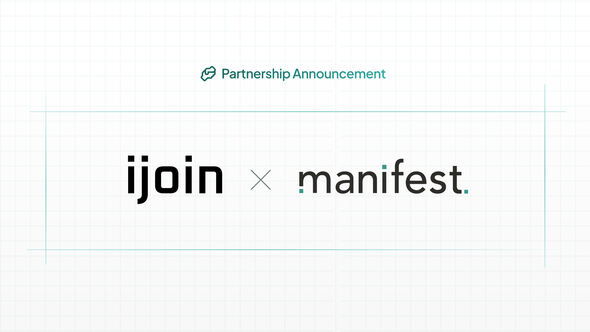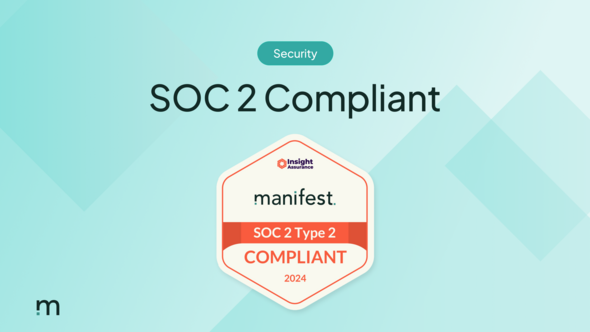High turnover rates disrupt long-term financial security, and millions of workers risk draining their 401(k)s just to access cash. The real challenge is the outdated transfer process, lack of guidance, and inefficiencies that make preserving retirement savings difficult.
Traditional systems leave participants vulnerable to cashing out their retirement funds during job transitions, undermining their long-term financial security. Digital transfer solutions offer a more innovative, efficient way to keep savings intact. By simplifying the rollover process, these solutions protect participant savings, help maintain engagement, and reduce the administrative burden on employers.
The True Cost of Job Changes
Americans change jobs every 1-2 years, with younger and lower-income workers often experiencing even shorter tenures. One consequence of frequent job changes is the 41.4% of participants who cash out their 401(k) when switching jobs. This decision can drastically reduce their retirement savings and undermine their long-term financial security.
A major concern is vesting timelines. Many participants leave before they fully vest in employer contributions, resulting in a loss of retirement benefits. Employees forfeit a portion of their retirement funds without meeting the required tenure, decreasing their overall balance.
The opportunity cost is considerable. Cashing out instead of rolling over a 401(k) means missing out on years of growth, which can eventually lead to a significant loss in retirement savings.
The long-term impact is clear; the problem isn’t just poor choices. With all its paperwork and delays, the outdated system for transferring funds makes it harder for workers to keep their savings intact.
Why Participants Cash Out
If keeping money in retirement plans is the smarter choice, why do so many participants cash out? The answer lies in three main factors:
1. A complicated transfer process: The traditional rollover process is often slow and filled with paperwork, provider delays, and confusion. These obstacles make it easier for participants to choose the quicker option: taking the cash.
2. Lack of guidance: Many workers leave their jobs without clear instructions on managing their retirement accounts. Without direct employer support or access to simple transfer options, the complexity of rollovers discourages action.
3. The temptation of immediate access: When unexpected expenses arise, participants may be tempted to cash out their 401(k)s for quick access to funds. Without support from employers or simple transfer solutions, they prioritize short-term needs over long-term savings.
4. Vesting timelines: Recent academic research highlights another major contributor: vesting timelines. Many participants leave their jobs before fully vesting their employer contributions, making their balance seem smaller than expected. This leads to frustration and higher cash-out rates, even when better options exist.
Auto Features Meet Reality
Auto-enrollment and auto-escalation were designed to boost retirement savings by automating contributions. Auto-enrollment automatically starts contributions, while auto-escalation increases them over time. These features gained popularity after the Pension Protection Act of 2006, aiming to improve long-term savings.
However, these features struggle with high employee turnover. When workers change jobs, they often start over with new enrollment and lower contribution rates, resetting their savings progress. Research from Harvard's David Laibson highlights that auto-escalation has limited impact because many employees switch jobs before their contributions fully increase.
Further data shows that 42% of employees cash out their 401(k) when leaving a job. For those who stay, auto-escalation loses effectiveness over time, with only 36% of participants maintaining higher contributions after the second year. Combining job changes and cash-outs undermines the potential of auto features, which were not designed to handle such frequent turnover.
Protecting Savings Through Transitions
Manifest ensures that employees don’t lose their hard-earned money just because they switched employers. Our platform replaces the old, slow, and paper-heavy process with a fast, automated transfer experience. Here’s how:
1. Seamless digital transfers: Manifest streamlines the transfer process by replacing paperwork with an easy online experience. Participants can complete a transfer in less than 10 minutes, eliminating the delays that can lead workers to cash out their savings.
2. Real-time tracking: Participants can track their transfers in real time, ensuring transparency and security. They will no longer be uncertain about where their money is.
3. Employer-backed engagement: Employers can support employees by offering clear guidance with Manifest throughout the transfer process. This increases retention and reduces administrative costs while helping employees avoid unnecessary cash-outs.
4. Key success metrics: Manifest users increase their retirement savings by an average of $13,000 by rolling over their accounts instead of cashing out. The platform also boasts a 95% transfer completion rate, significantly higher than the industry average for traditional rollovers.
Strengthening Employer Appeal
Employees value benefits that support their financial security. When employees can easily consolidate their accounts, they are more likely to keep their savings invested and grow from job to job.
Manifest integrates smoothly into existing retirement plans at no cost to employers or employees. By using Manifest, businesses help ensure employees retain their savings, turning turnover into an opportunity to enhance retention and engagement.
A Smarter Way to Protect Retirement Savings
Request a demo today to see how Manifest streamlines rollovers and helps employees retain their savings—because no one should lose their retirement just because they switched jobs.




